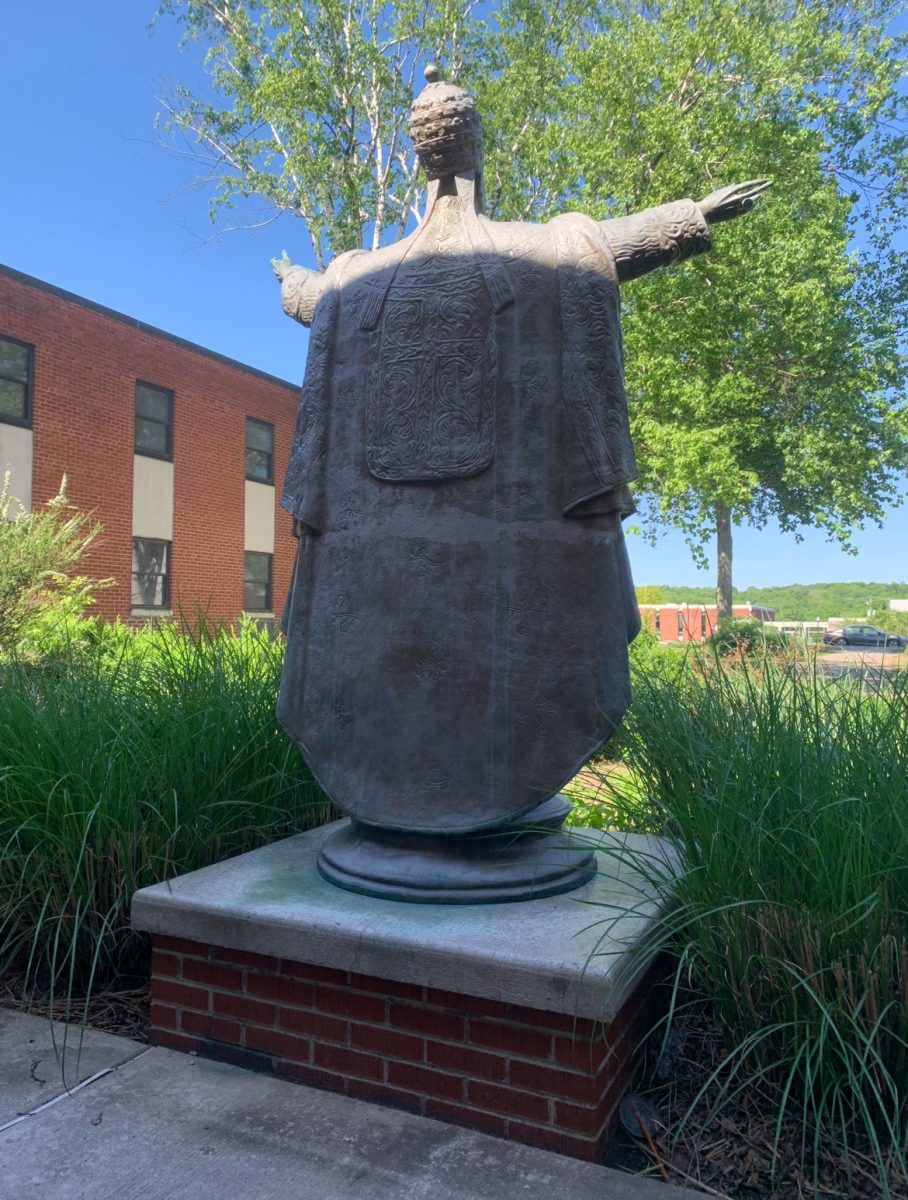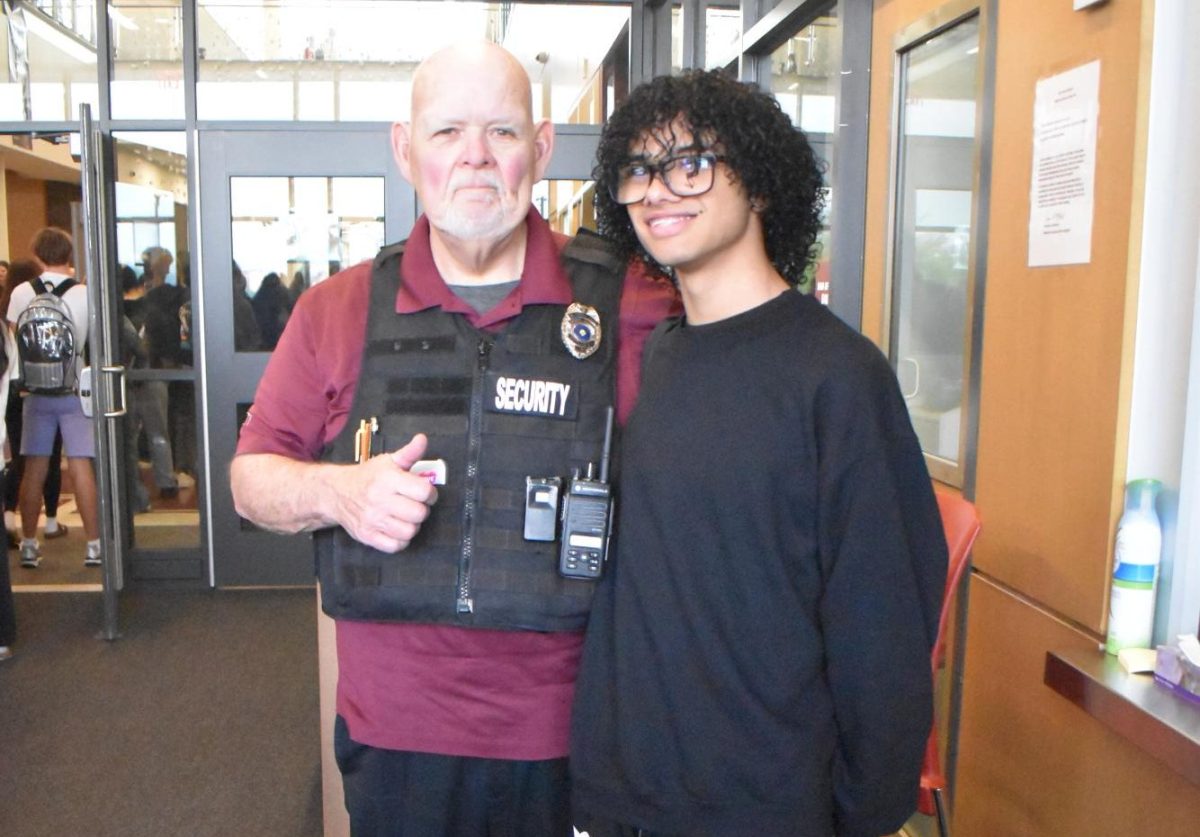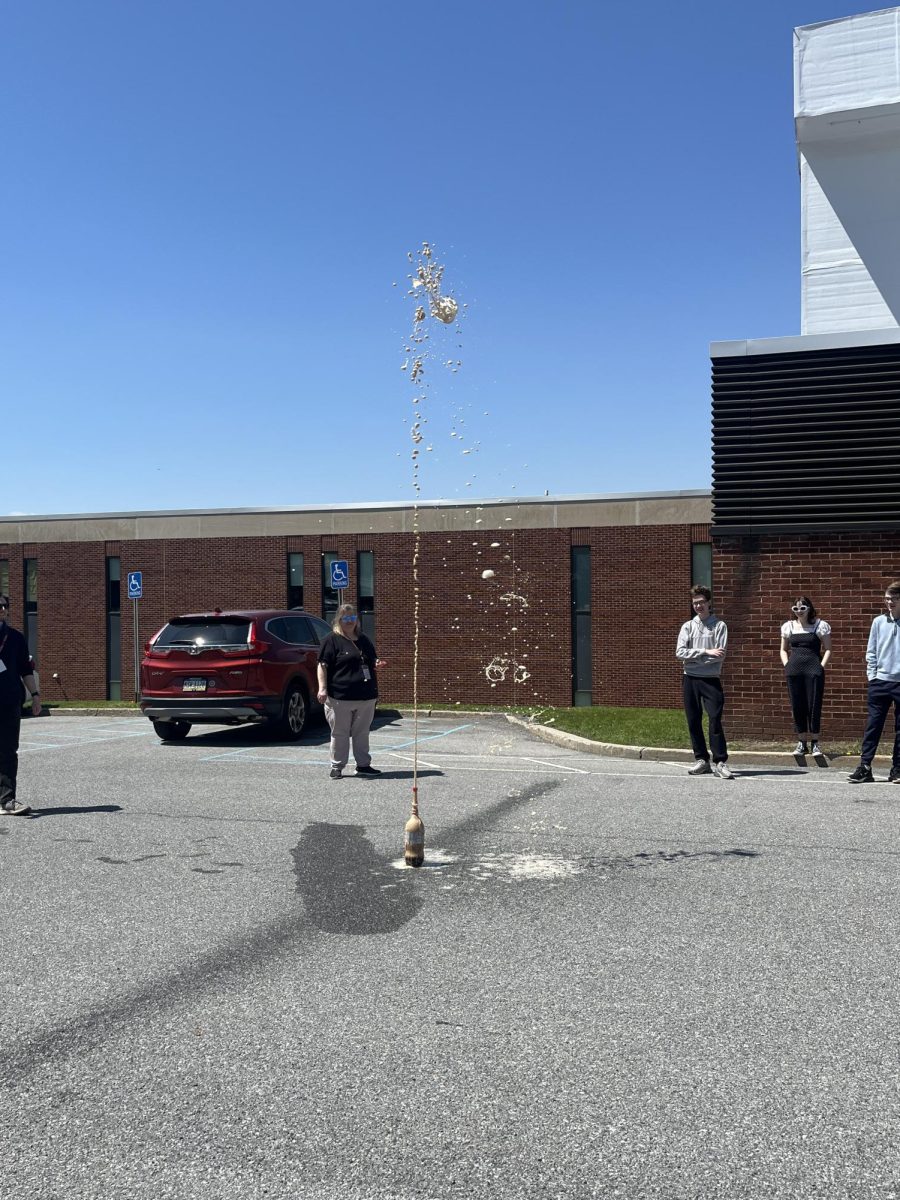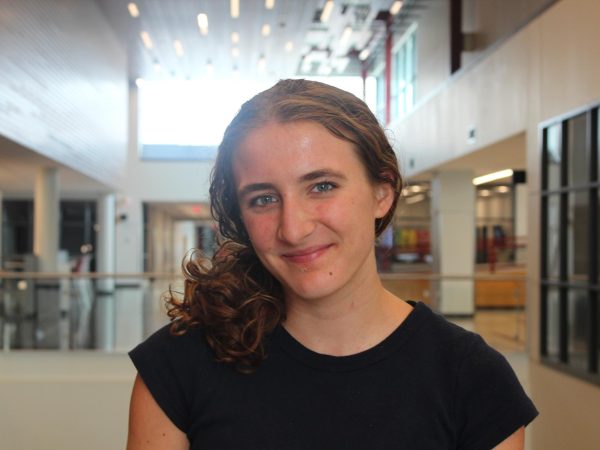On March 18, Saint Francis’ men’s basketball team made it to the “First Four” round of the NCAA D1 March Madness Tournament. The Red Flash faced off against Alabama State, a school with nearly 2,000 more students, and lost by two points in the last minutes. Altoona alum and SFU jumper Brooke Long said the excitement was palpable leading up to and during the game.
“It’s a small campus, and we don’t really have much to do around here. When they went to the tournament, we had watch parties in the gym,” B. Long said. “It’s a close environment here, and the campus was definitely alive during that week trying to support everyone.”
Long, like many of the student-athletes at Saint Francis, who compose 40% of the student body, ultimately chose SFU due to the small size and opportunity to compete in Division I athletics.
“I looked at Penn State,” B. Long said. “It was just too big for me, and the track team didn’t really seem like a cohesive unit. At most of the bigger D1 schools, you can’t really be a health science major either because their practices go for hours, whereas here we don’t, at least in my sport, practice as much, ” nursing major B. Long said.
One week after the men’s basketball team’s appearance in the “First Four, the first since 1991, President Father Malachi Van Tassel announced the university’s Board of Trustees approved a transition that will reclassify its athletics from NCAA Division I to NCAA Division III. The university will officially shed its Division I status on June 30, 2026, and begin competing in the President’s Athletic Conference (PAC) alongside other area schools such as Chatham, Grove City, Geneva, Saint Vincent and Waynesburg. The transition will take three years to come to fruition, until then they will not be eligible for PAC Championships or compete in PAC Conference Championship Tournaments until the NCAA approves their active D3 membership.
Since the change was announced via email, many students decided to enter the transfer portal; longtime men’s basketball head coach Rob Krimmel has retired; and prospective students have begun looking elsewhere or decommitting. The University’s stated reason for the move is due to the changing landscape of D1 athletics in the era of name, image and likeness (NIL) deals, the transfer portal and the vastness of the Northeast Conference.
“It was NIL, it was the transfer portal, it was uncertainties in D1 or, as I like to say, D1 changed around us,” Van Tassell said, SFU has an NIL budget of zero. “Our students travel either to Chicago or to Boston or to points in between. That’s a lot of time not spent on campus, developing friendships or time in the classroom. This change allows our students to be present on campus, and lets their friends attend more of their home and away games.”
Some critics question why the university did not drop down to Division II so athletes could still retain some of their athletic scholarship money. Van Tassell holds the drop to D3 will also allow for athletes and the school to focus more on their Franciscan-Catholic values.
“This chapter affirms our dedication to providing a transformational college experience–-on the field, in the classroom, and throughout campus life–-guided always by our Catholic, Franciscan mission and values,” Van Tassell said.
Another reason for the drastic drop is the sentiment SFU is drifting away from its mission statement and becoming a “farming school.”
“They want people to come here for all four years and because we’re a small D1 school, a lot of athletes are coming here for two years and then leaving,” Brooke Long said. “They think this school is starting to become like a farming school. They come here, get better, say they were a D1 athlete, so they can go to the bigger D1 schools. They thought, if they bring it down to a D3 in a more Christian conference, then people wouldn’t, in their view, ‘use us.’ That’s ultimately why we didn’t move to D2.”
Long disagrees with their assessment.
“For all of us here, religion is a big reason for why we chose the school, too, and I feel like we still could have went D2 with UPJ and schools like that,” Brooke Long said.
Although Brooke Long has decided to stay at Saint Francis for her senior year, many students have decided to look elsewhere. This is the case for senior cross country and track runner Mary Stoltz. Stoltz committed to run at Saint Francis in December, and was set to sign her National Letter of Intent on April 2. This all changed when she heard of the shift, which would result in her losing athletic scholarship money after her freshman year.
“I heard on the way to a track meet from an email,” Stoltz said. “I was pretty upset the whole way there, and I had to change my mindset because I had to race three events. The coach didn’t contact me until days after because he heard about me finding out.”
Stoltz has since decommitted, and plans to look at other schools.
“Since I was committed, my deposit was paid and I signed a contract. I wasn’t allowed to have contact with any coaches,” Stoltz said. “I wasn’t able to talk to any coaches for at least a week until they approved my release forms. So once they released me from my contract I could talk with other coaches. I’m planning on visiting Shippensburg and possibly Lock Haven.”
Despite Van-Tassel’s pushback, many predict fewer student-athletes will be attracted to the school. This is true for junior Zaelinh Nguyen-Moore who was considering going to Saint Francis to play women’s basketball after receiving an offer her sophomore year.
“I only have had two offers,” Nguyen-Moore said. “Saint Francis dropping down to a D3 limits me to that one school, which is completely fine, I haven’t really made up my mind where I want to go to college. It hurts that I have less options, but I’d assume it hurts the players who are there now.”
Reclassing has also made non- prospective student-athletes like junior Gracie Long (no relation) question if they want to attend Saint Francis.
“There’s going to be a lot less students on campus, and it’s going to be really empty,” Gracie Long said. “I feel like all the students that are going to go there are going to be only for the medical services, and there’s going to be a lot less for a degree like business, which is a common degree athletes get. That would lead me away from going because then there’s not as many people in a field I would want to go into and I’d have less collaborators and people to study with.”
However, others like senior and committed SFU student Lea Gioiosa remain pleased with the school.
“Since I’m not an athlete, I haven’t really thought about it because, for my personal schooling, it won’t really affect me,” Gioiosa said. “The athletes should have scholarships still available.”
Still, abruptly reclassifying so late in the school year and notifying students via email has shifted the perspective of the school for other students, like future SFU student committed for a biology and pre-med major and Spanish minor Colton Chathams.
“One of the driving factors bringing people to Saint Francis was the fact that it was D1,” Chathams said. “I think a lot of international students may only be able to come to the United States and go to college in the United States with the scholarships that they’re getting for sports. If they don’t have these, they’re less likely to come and get to school in the US. I think this will negatively affect the student body, especially the language department.”
“Many athletes [are] leaving and many athletes [are] having to change their whole life around because of the decision they made and move [to D3],” Stoltz said. “Many are having to move to a different college, make new friends, move farther or closer to their families and just start over again, it’s really unfortunate.”









